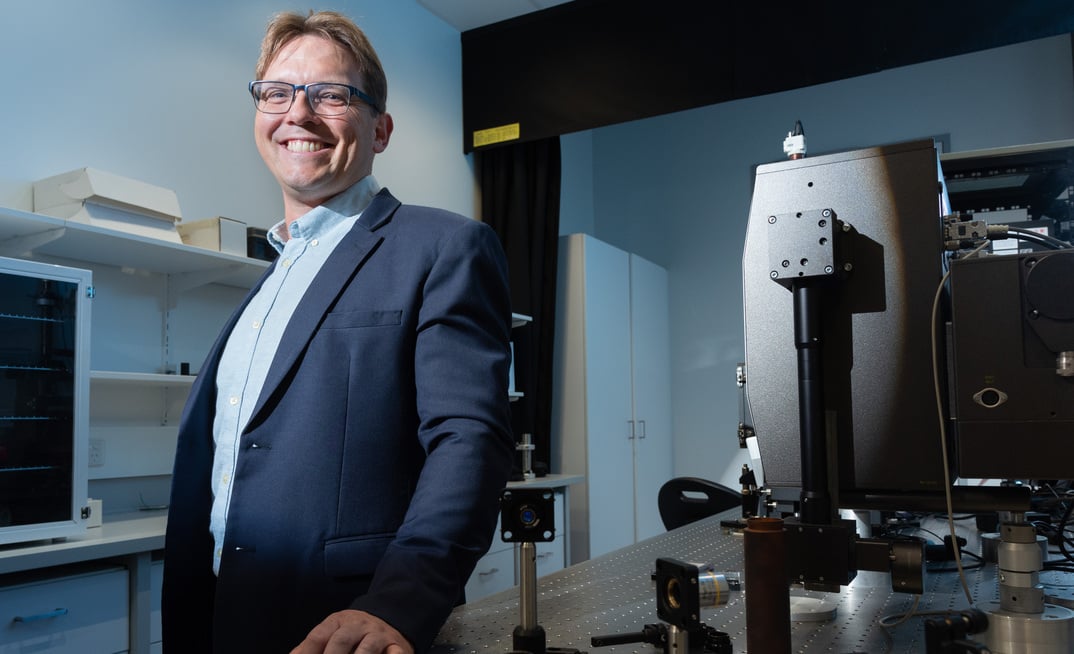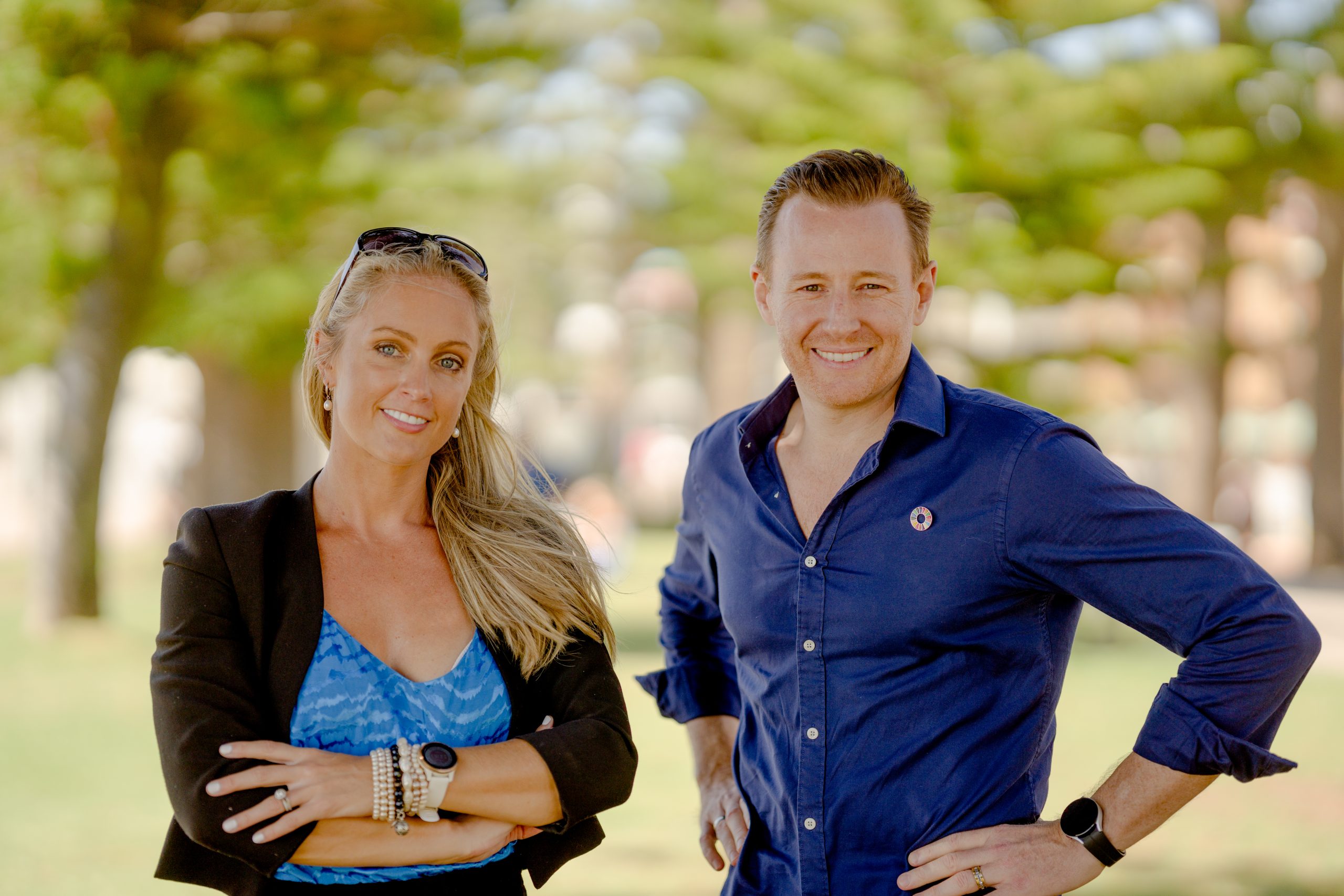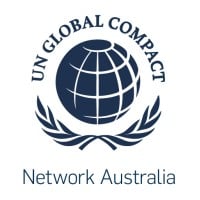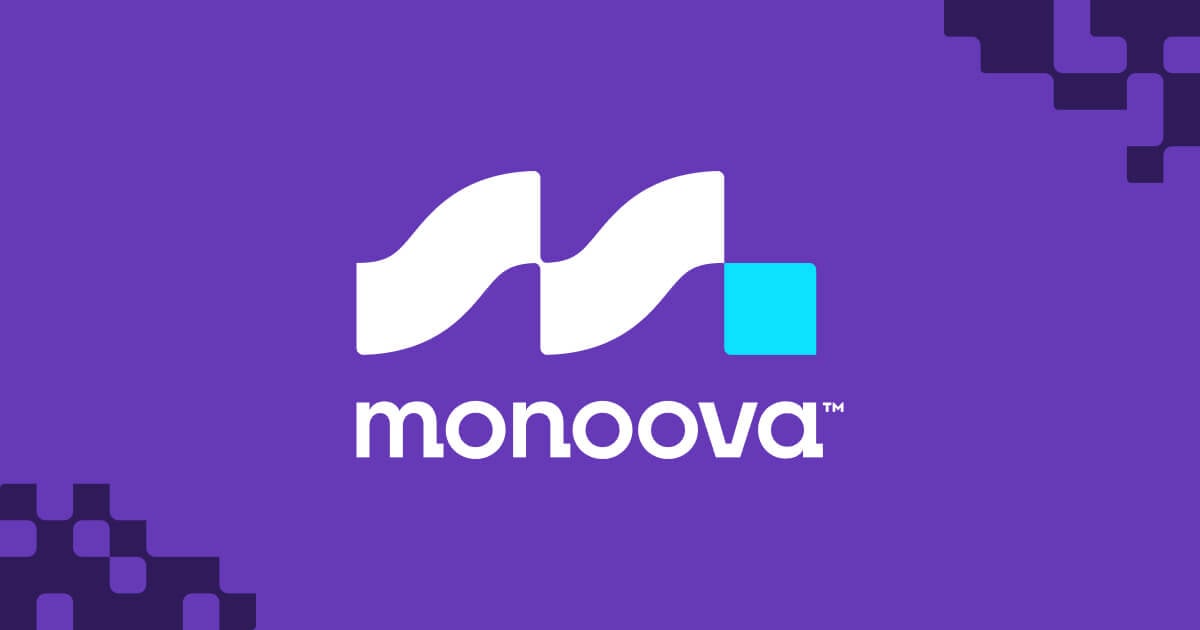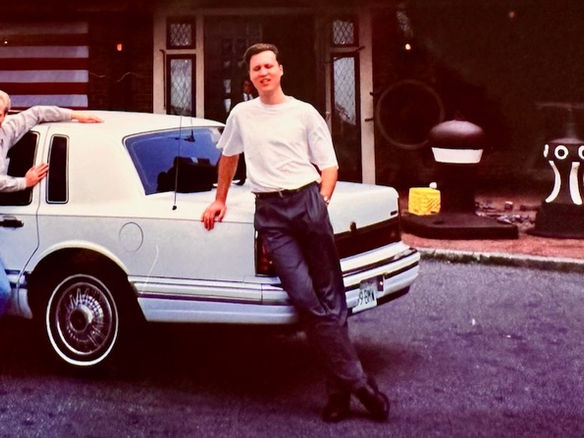This monthly column by Hannah Moreno, Founder & Managing Director of Third Hemisphere, was originally published in The Australian and Stockhead. You can also read it in The Daily Telegraph, MSN, Herald Sun, Townsville Bulletin, The Courier Mail, The Advertiser, Cairns Post, The Chronicle, The Mercury, NT News, Geelong Advertiser, and Gold Coast Bulletin.

Siri and Beyond: The Power of Inclusivity Tech
Ever heard of Siri?
She probably wasn’t designed for you.
Siri is one of a vast number of now widely-proliferating technologies that were originally born as an assistive aid to help people with a disability navigate everyday life.
It’s a type of “inclusivity tech” that Anna Wright, founder of accessible digital wayfinding company BindiMaps, is acutely familiar with.
BindiMaps was originally designed to help people with vision impairment navigate to different locations within complex indoor spaces.
Think winding hospital corridors with confusing signage, or your beloved old university with its mish-mash of new and old buildings that made getting to class part of the challenge of getting a degree. This is hard enough when you can see.
“The idea was, if anyone with a vision impairment could navigate within any of those conditions, then absolutely anyone could.”
Which is exactly the point.
Products and business models designed with inclusivity, ESG, or impact at their core are often far from niche or solely “feel good” investment choices.
These products and business models are often designed to solve one or several wicked and far-reaching problems.
But in the process, their underlying technologies are often relevant to vastly larger markets and find utility in significantly more applications, increasing their value drastically.
And that’s not the only reason we may be vastly underestimating the dollars to be made by focusing on ESG, inclusivity, and impact in our investing.
You don’t know what you don’t know
Like most areas of life, investing is rife with bias. Long before BindiMaps’ target market extended to cover “the whole world”, Wright had already observed that many investors largely overlooked the disability market.
Those whose interest she managed to pique often had vast misperceptions around its size and value.
“Many able-bodied people don’t know anyone with a disability,” said Wright, who herself has a retinal condition which means she has already lost half her vision, and may lose it entirely one day.
“Now consider the average investor: not always, but typically, it will be an affluent, able-bodied white male.
“So, especially to the crowd on the other side of an investor presentation, the perception is that the numbers are much lower than what they really are. Yet one in every five Australians has a disability, and the population of people with low or no vision alone is higher than the population of Tasmania.
“When we share the numbers, the response is really quite eye-opening. ‘We had no idea’ is the most common. The market is so much larger and far more lucrative than they expected.”
Venture investors understand that innovators should create technologies that solve a specific problem for a niche to prove product-market fit, and then go after much larger markets with evolved products.
So it makes perfect sense that an initial niche could be a smaller group of people with a disability, with an evolved product then able to solve a problem for much bigger markets.
Billions in untapped potential
Looking to the other side of the investment table, one of Australia’s best examples of an able-bodied male able to recognise the immense opportunities for impact investing is Dr Andy Kuper.
When he launched LeapFrog Investments with President Clinton over 15 years ago, the concept of ‘impact investing’ was still in its infancy.
There were also no other fully commercial impact investment funds in existence.
“We hoped for and called for 100 LeapFrogs to be created, that is 100 impact funds,” said Kuper, who remains CEO of the growth private equity firm whose mantra is ‘profit with purpose’.
“Since that time the impact investing industry has grown from close to zero to be worth more than $1.2 trillion, with many hundreds of managers, and is projected to reach as much as $26 trillion.”
LeapFrog focuses on companies whose product or service is not just high quality, but also relevant and affordable to ‘emerging’ consumers (those living on less than $11.20 a day).
These are populations vastly disadvantaged by poverty, typically suffering from greater levels of deficiencies in health and nutrition, and higher levels of disability.
It is an almost unfathomably enormous market.
Last year, LeapFrog portfolio companies reached 451 million people globally – over 5 percent of the world’s population – and have grown revenue on average at 24 percent per annum over the life of the firm.
“In the growth markets that we invest in across Asia and Africa, more than 4 billion people are rising into the middle class,” Kuper explained.
“The populations in these countries are set to soar in the next decade in numbers, and in spending power. Investing in essential health, wealth, or climate solutions now has great growth potential.
“This has, to date, been vastly under-appreciated by developed market investors.
“But increasingly major institutions and high net worth retail investors are finding ways in, whether via listed opportunities or private capital managers with boots on the ground.
“This increases the chances of success, and the management of risk, markedly.”
Inclusivity as the new norm
Another factor driving the rising global value of impact and ESG investing is rising demand for higher standards of living, and how we treat each other and the planet.
“Citizens globally are demanding higher standards of living, they are insisting that we treat the planet, and each other, far more kindly,” continued Wright.
“There is a sort of running joke about people who are ‘woke’, but that’s simply the direction the world is heading.
“We already know products that cause harm are being divested at rapid rates. But we are now reaching a point where products that are simply not inclusive could also be considered too limiting or alienating to be a good bet.
“Instead, I predict an upswing in ‘universal design’ in product development, which is where we have products that everyone can use – not just the able-bodied.”
Regulatory and reporting “sticks”
Wright notes that regulatory bodies are also falling into lockstep with the growing demand for inclusivity and ESG, and throwing their weight behind driving this change.
“Companies that ignore inclusivity are going to find themselves facing steeper and steeper fines,” she said.
“We’re already seeing more and more actions and fines coming through bodies like the Disability Discrimination Act in Australia and the Americans with Disability Act in the US.”
And more broadly, we only need to look overseas for a glimpse into Australia’s future when it comes to the growing rigorousness of ESG reporting and regulation.
In the EU, directives like the Corporate Sustainability Reporting Directive (CSRD) and the Corporate Sustainability Due Diligence Directive (CSDDD) are rapidly expanding the scope and content of ESG reporting standards.
Regulation of the transparency and integrity of ESG ratings agencies themselves is also tightening around the world.
In a global economic ecosystem, it will be sooner rather than later that Australia will need to fall into lockstep with the rest of the world on this too.
Woke is the opposite of broke
Kuper is adamant that the synergy between profit and purpose can indeed be lucrative and value creating. But he does warn that not all impact investments are made equal.
“Amid the rise in ESG and impact investing, retail investors have more information than ever to enable them to make ESG and impact investments.
“But the key is to be discerning about the choice of investments and be guided by careful advice.”
Ask yourself, do the companies or funds I’m investing in have a strategy that will see them benefit from the global explosion of positive impact?
If the answer is yes, then go ahead and put your money where the future is.



